Can You Drive with Photochromic Glasses
The Bottom Line: Standard photochromic glasses do not darken in a car because the windshield blocks the UV light they need to activate. To get adaptive protection while driving, you need specialized photochromic lenses that react to visible light, often combined with polarization to cut road glare.
Why Your Everyday Lenses Fail Behind the Wheel
The Science of Standard Photochromic Lenses
Your typical photochromic lenses work through a clever chemical process. They contain light-sensitive molecules that change their structure when exposed to certain kinds of light. This technology has come a long way since the 1960s, evolving from heavy glass to the advanced, lightweight plastic and resin materials you see today.
How UV Light Darkens Lenses Outdoors
When you step into the sun, ultraviolet (UV) light hits the photochromic molecules in your lenses. This causes them to change shape and absorb more light, making your glasses darken. The process is proportional, so the brighter the UV light, the darker your lenses become, providing you with comfortable vision outdoors.
Good to Know: Modern lenses use proprietary dyes infused into the material. This is why different brands have varying tint colors, darkness levels, and speeds of change. As someone who has worked with these materials for two decades, I’ve seen incredible advancements in how they perform.
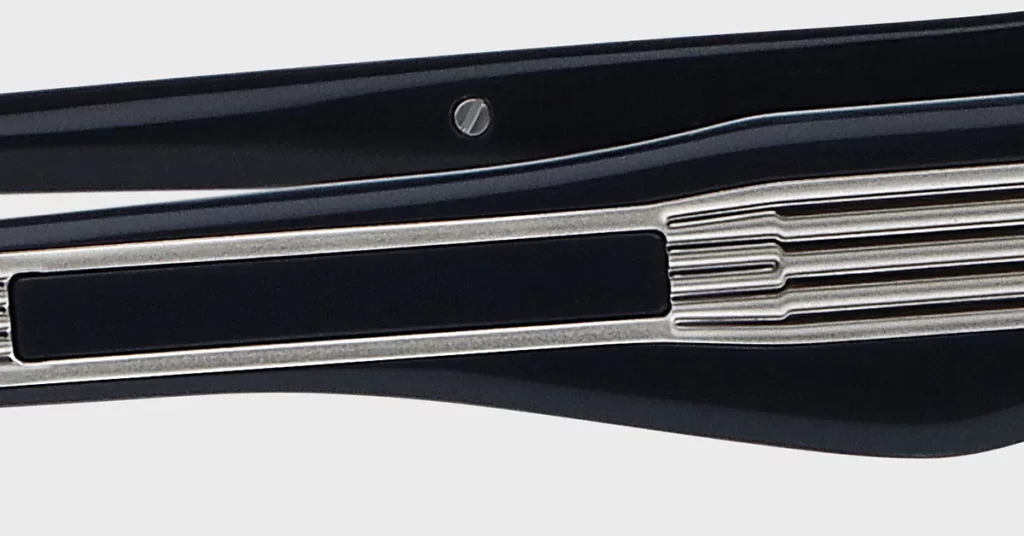
The Problem: Your Car’s UV-Blocking Windshield
Here’s the issue for drivers: your car’s windshield is engineered to block the very UV radiation that standard photochromic lenses need to work. This is a critical safety feature that protects you and your car’s interior from sun damage, but it stops your lenses from adapting when you need them to.
For Example: The protective layer in your windshield is usually a sheet of polyvinyl butyral (PVB), which blocks nearly all UV rays while letting visible light pass through. While your side windows might let a little UV light in, it’s not enough to fully activate your lenses.
The Danger: Unprotected Vision, Glare & Eye Strain
When your lenses fail to darken in the car, you’re left exposed to several vision hazards. You still face intense visible light and glare, just without the protection your glasses are supposed to provide. This leads to constant squinting, which reduces your field of vision and can cause serious eye fatigue and headaches.
Safety First: When you’re battling bright light, your reaction time slows down. That delay can be the difference between avoiding a hazard and getting into an accident. The mental strain of fighting glare also reduces your overall alertness, making any drive more dangerous.
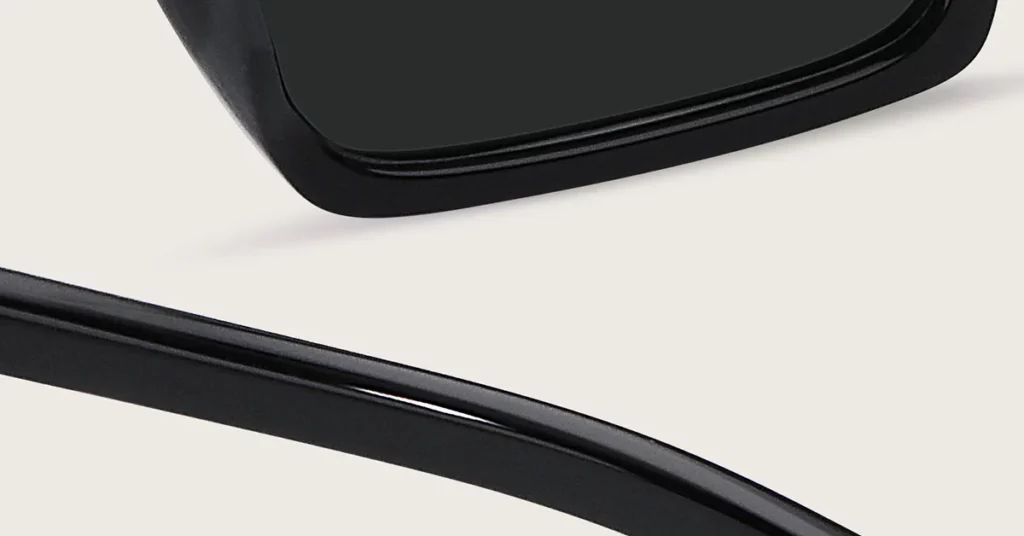
The Critical Safety Risks of Driving with Wrong Eyewear
How Blinding Glare Compromises Reaction Time
Glare is more than just an annoyance; it’s a major cause of traffic accidents. When bright light reflects off surfaces like a wet road, another car’s hood, or your own dashboard, it creates blinding spots in your vision. During these moments, your ability to react to sudden hazards is severely compromised.
The Problem with Inconsistent Tint
If your standard photochromic lenses activate partially from light through a side window, they can create another hazard. A slightly darkened lens gives you a false sense of security while still letting dangerous levels of glare through, making it difficult for your eyes to adapt properly to the constantly changing light.
The Danger of Eye Fatigue from Squinting
Eye fatigue from driving with poor eye protection is a serious concern. When your eye muscles are overworked from managing bright light, it leads to headaches, burning eyes, and tension. This fatigue slows down your visual processing, making it harder to spot pedestrians, cyclists, or cars entering your path.
Important Note: Chronic eye strain from driving in bright conditions without proper protection can contribute to long-term vision problems. Choose eyewear that actively protects you on the road.
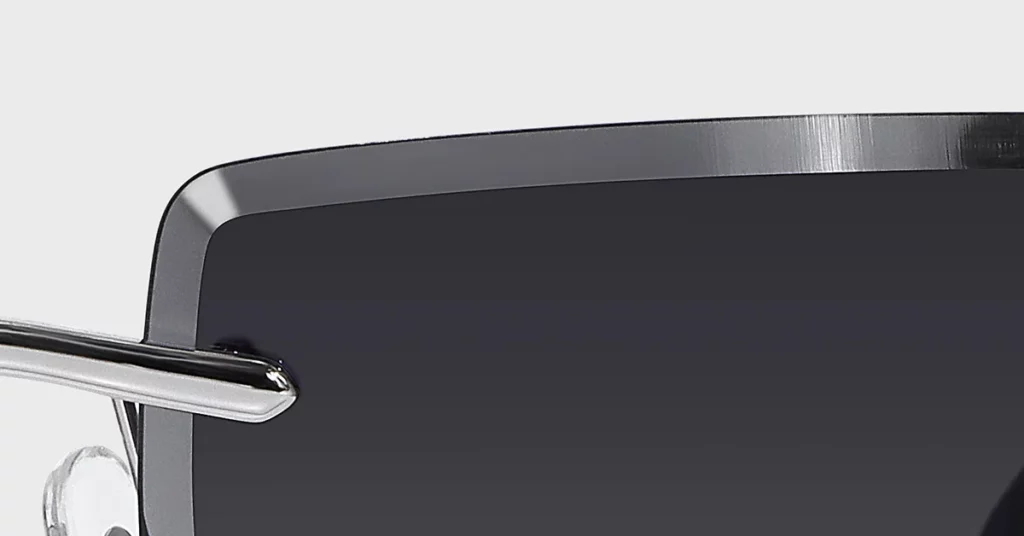
The Solution: Photochromic Lenses for Drivers
The Breakthrough: Activating with Visible Light
The innovation that changed everything for driving eyewear was the development of photochromic lenses that react to visible light, not just UV rays. These specialized driving lenses use advanced molecules that respond to the full light spectrum, allowing them to darken even when UV is blocked by your windshield.
The In-Car Advantage: Darkening Behind the Wheel
Unlike standard photochromic lenses, these specialized lenses detect the intensity of bright visible light inside your car and darken accordingly. This provides you with consistent protection from the sun’s brightness throughout your entire drive, solving the fundamental problem drivers have faced for years.
Adapting to Changing Driving Conditions
A key benefit of these driving lenses is their ability to continuously adjust. As you drive from bright sun into overcast conditions or through tunnels and underpasses, the lenses automatically optimize their tint for the best possible vision and safety. Modern lenses adapt within seconds, so you’re never caught off-guard by sudden changes in light.
Pro Tip: The constant adaptation of specialized driving lenses means you’ll experience far less eye strain on long journeys compared to wearing fixed-tint sunglasses.
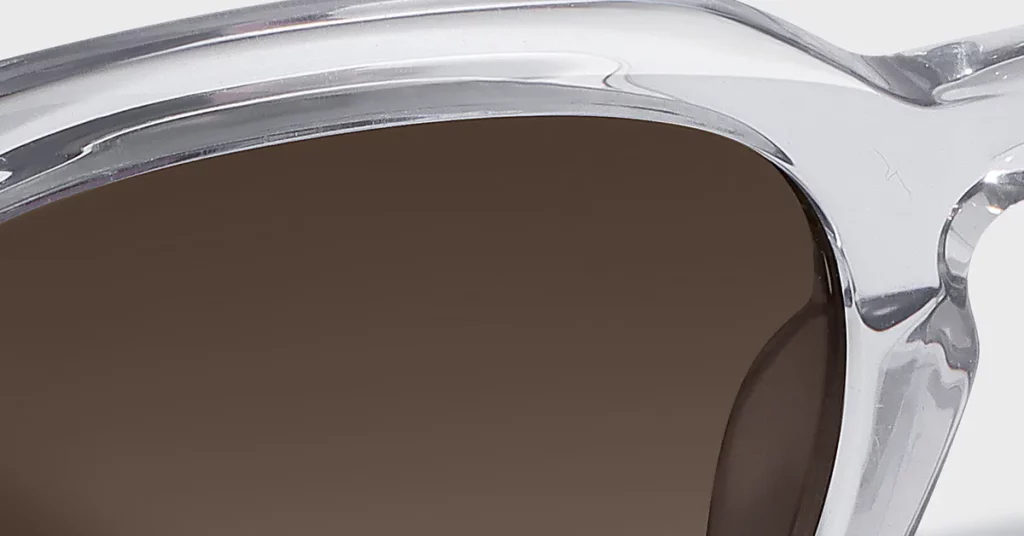
The Ultimate Combo: Photochromic + Polarization
Dual-Action Benefit: Adaptive Tint + Glare Cut
The most advanced driving eyewear combines photochromic technology with polarization, giving you a complete solution for both brightness and glare. The photochromic aspect manages the overall light level, while the polarization specifically targets the hazardous reflected glare that creates the most dangerous driving conditions.
How Polarization Eradicates Driving Glare
Polarization works by blocking the intense horizontal light waves created when light reflects off flat surfaces. For drivers, this is incredibly valuable because it eliminates the blinding glare from wet roads, other vehicles, and even your own dashboard, dramatically improving your visual clarity and comfort.
Important Note: While polarization is fantastic for cutting glare, it can make some LCD screens in your car (like navigation systems) harder to see. Look for this effect when testing out new glasses.
The Visual Advantage: Enhanced Vision for Safety
This combination doesn’t just make things darker; it actively improves the quality of your vision. By cutting glare and optimizing light, these lenses enhance visual contrast, making it easier to spot hazards. Colors, especially traffic lights, appear more vibrant, and your depth perception becomes more accurate for a safer, less stressful drive.
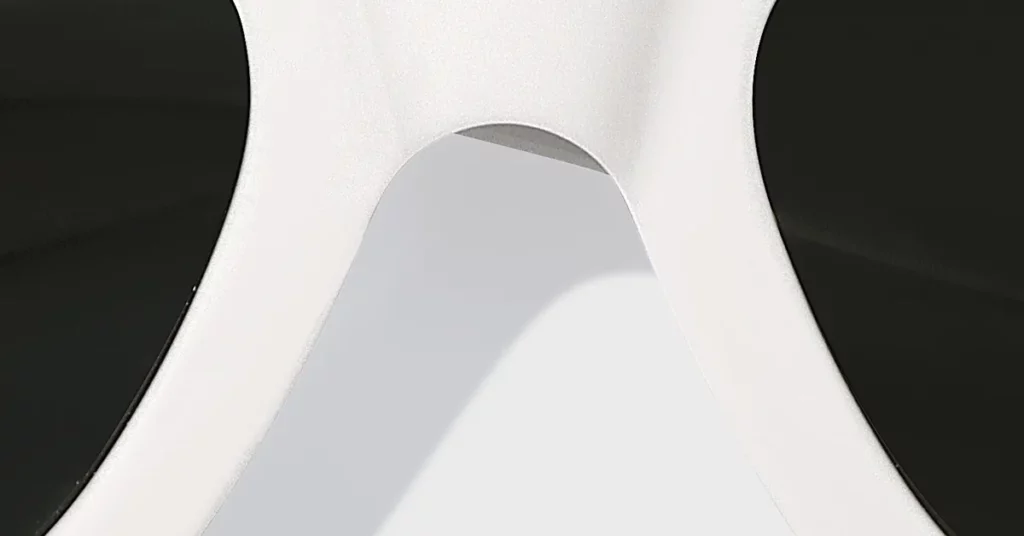
What to Look For in a Driving Lens
Lens Tints: How Colors Enhance Driving Vision
The tint color of your driving lens directly affects your vision on the road.
- Brown and Copper Tints: These are excellent for driving because they enhance contrast and filter out blue light, which can cause eye fatigue. They make road signs and hazards appear more defined against their backgrounds, especially in variable light.
- Gray Tints: These offer the truest color perception, which some drivers prefer. They provide effective glare reduction in very bright conditions without altering the colors of your surroundings.
Managing Darkness Expectations in a Car
It’s good to know that even the best driving lenses won’t get as dark inside your car as they do in direct sunlight. They typically reach a Category 2 or 3 level of darkness, which provides excellent protection and comfort while still allowing you to see your dashboard and mirrors clearly.
The Bottom Line: The goal of a driving lens is not maximum darkness but optimal vision. This balance of protection and visibility is perfect for the automotive environment.
Evaluating Lens Adaptation Speed
The speed at which your lenses change is a key performance factor. Modern driving lenses darken significantly within 30-60 seconds and lighten over a few minutes. The lightening speed is intentionally slower for safety, allowing your eyes to adjust gradually when you enter a tunnel or garage.
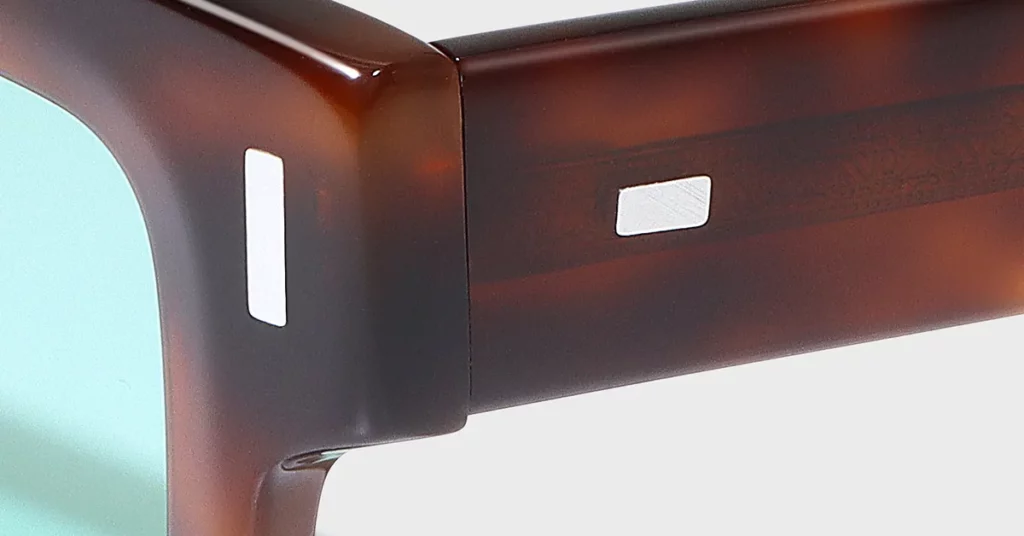
The Unbreakable Rule of Night Driving
Why Photochromic Lenses Aren’t for Night Driving
This is the most critical safety rule: never use any photochromic driving lenses for night driving. These lenses always maintain a base tint (typically amber or brown) that blocks too much light for you to see safely after dark. Legal standards require night driving lenses to transmit a high percentage of light, which these do not meet.
Best Choice for Night Vision: Clear AR-Coated Lenses
For night driving, your safest and most effective choice is a pair of clear prescription lenses with a high-quality anti-reflective (AR) coating. This coating maximizes light transmission to your eyes while eliminating the distracting reflections and ghost images from headlights and streetlights.
Debunking “Night Driving Glasses” Myths
Despite many marketing claims, there is no scientific evidence that yellow-tinted “night driving glasses” improve your vision. In fact, by filtering light, they can make it harder to see in low-light conditions. If you have trouble seeing at night, ask your optician for a comprehensive eye exam instead of relying on these ineffective products.
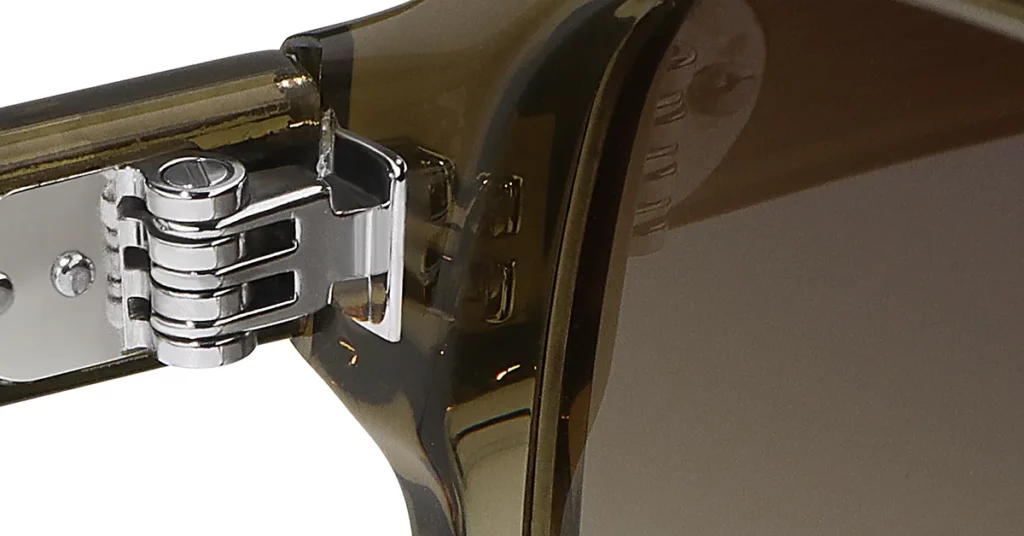
Essential Lens Coatings for Safety and Durability
Must-Have: Anti-Reflective Coating for Glare
An anti-reflective (AR) coating is an essential safety feature, not an optional add-on. It eliminates up to 99% of the reflections from oncoming headlights and streetlights that can impair your vision. This allows you to see the road ahead with greater clarity and less eye strain.
Protecting Your Investment with Scratch-Resistance
To maintain the performance of your specialized driving lenses, a scratch-resistant coating is a must. This hard coating protects your lenses from road debris and the micro-scratches that can happen during cleaning, ensuring your vision stays clear and extending the life of your eyewear investment.
Helpful Tip: Even with a scratch-resistant coating, always clean your lenses with a microfiber cloth and a proper lens cleaning solution to protect the surface and any other coatings.
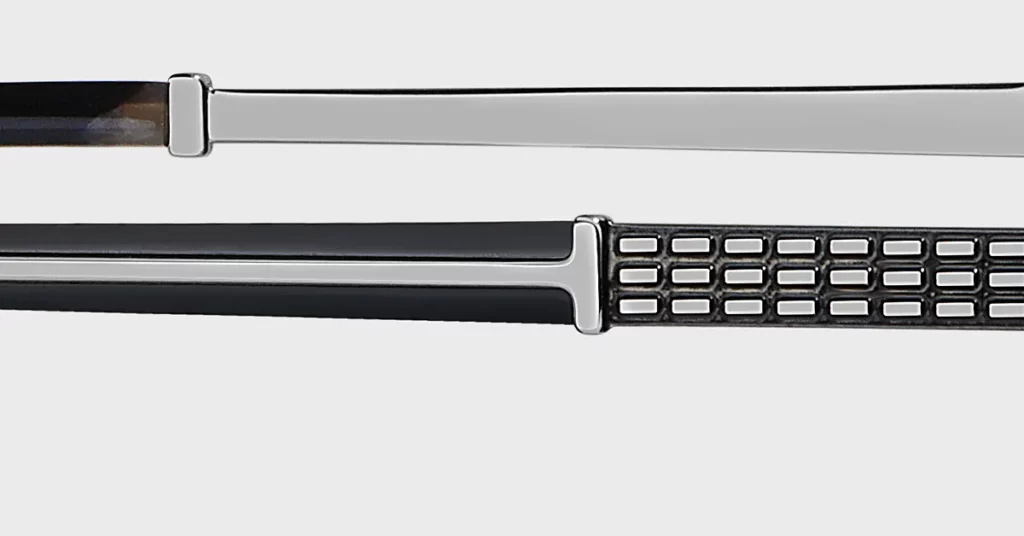
Your Guide to Choosing the Right Eyewear
Comparing Driving Lenses to Other Options
Making an informed choice means understanding the trade-offs between different types of eyewear. Each option offers unique benefits for your vision, convenience, and budget.
| Feature | Specialized Driving Lenses | Dedicated Prescription Sunglasses |
| Convenience | A single pair for all daylight conditions. | Requires you to carry and switch between pairs. |
| Light Adaptation | Automatically adjusts tint to changing light. | Fixed tint that does not change. |
| Glare Protection | Often includes built-in polarization. | Polarization is a standard option. |
| Night Driving | Not suitable; requires separate clear glasses. | Not suitable; requires separate clear glasses. |
| Cost | Higher initial investment for advanced tech. | Lower cost per pair, but you need two. |
| Aspect | Single Advanced Pair | Clip-On Solution |
| Optical Quality | Precision-manufactured for perfect clarity. | Potential for alignment issues and distortion. |
| Safety | Securely fitted to your face. | Risk of detaching or getting lost. |
| Visual Field | Optimized geometry and coatings. | Generic fit may compromise peripheral vision. |
| Appearance | Sleek, integrated, and professional. | Can look bulky with visible clips. |
| Durability | Built for long-term, daily use. | Clips and attachments are prone to wear. |
Are All-in-One Driving Lenses Worth It?
Whether specialized driving lenses are a good value for you depends on your driving habits and priorities. For daily commuters or professional drivers who value convenience and peak visual performance, the investment is often well worth it. You get superior safety and comfort from a single pair of glasses.
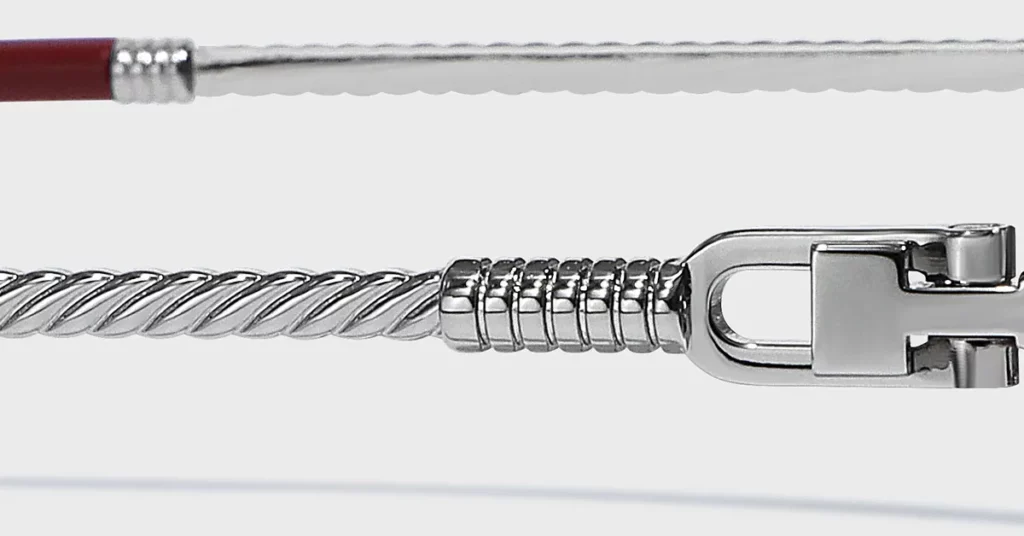
Is This Technology Right for You?
The Ideal Driver Profile
This technology offers the most benefit to:
- Daily Commuters who face changing light conditions.
- Professional Drivers who need peak vision and a polished appearance.
- Long-Distance Drivers and road-trippers who travel through variable weather.
- Drivers with Light Sensitivity who need automatic light management.
When to Consider Alternatives
Specialized driving lenses may not be the best fit if you:
- Have extreme light sensitivity and need a darker tint.
- Rely on digital displays that are incompatible with polarized lenses.
- Frequently drive at dawn, dusk, or night and need one pair for all hours.
- Are on a tight budget or have a rapidly changing prescription.
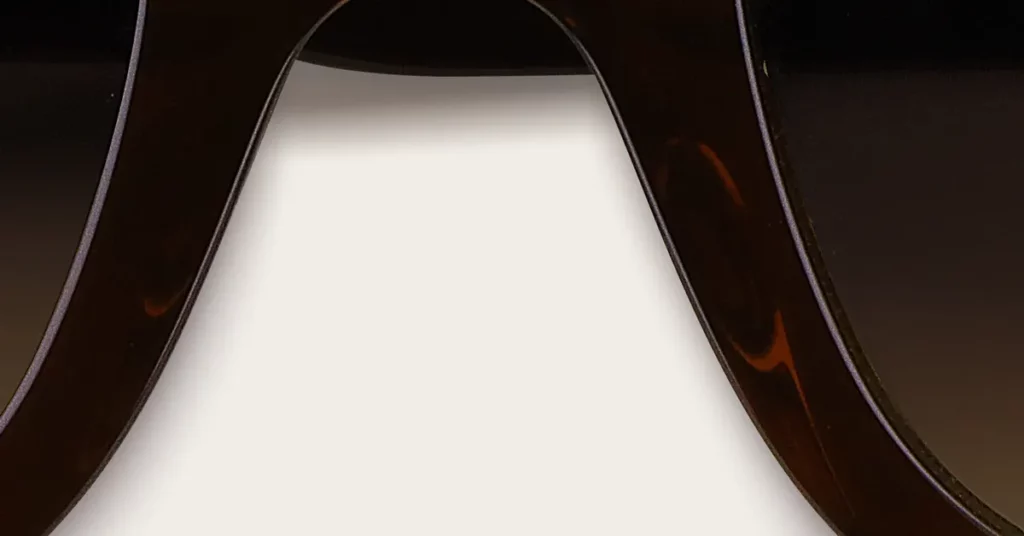
How to Select the Perfect Frame for Driving
Prioritize Peripheral Vision with Slim Temples
Your frame choice is just as critical as your lens choice for safety. Look for frames with slim temple arms that do not block your peripheral vision. Thick temples create dangerous blind spots where you might miss seeing a cyclist or another car.
Maximize Protection with Wrap-Around Styles
To reduce glare coming in from the sides of your glasses, choose a frame with a slight wrap-around curve or larger lenses. This design provides better coverage, shielding your eyes from low-angle sun and peripheral light that can cause distracting reflections and visual discomfort.
Helpful Tip: When you try on frames, check your side vision. You should be able to detect movement easily without the frame’s temples getting in the way.
Conclusion
Standard photochromic lenses are unsafe for driving because your car’s windshield blocks the UV light they need. However, specialized driving lenses that react to visible light—especially when combined with polarization—provide a fantastic all-in-one solution. Ask your optician about these advanced options to greatly improve your comfort and safety on the road.
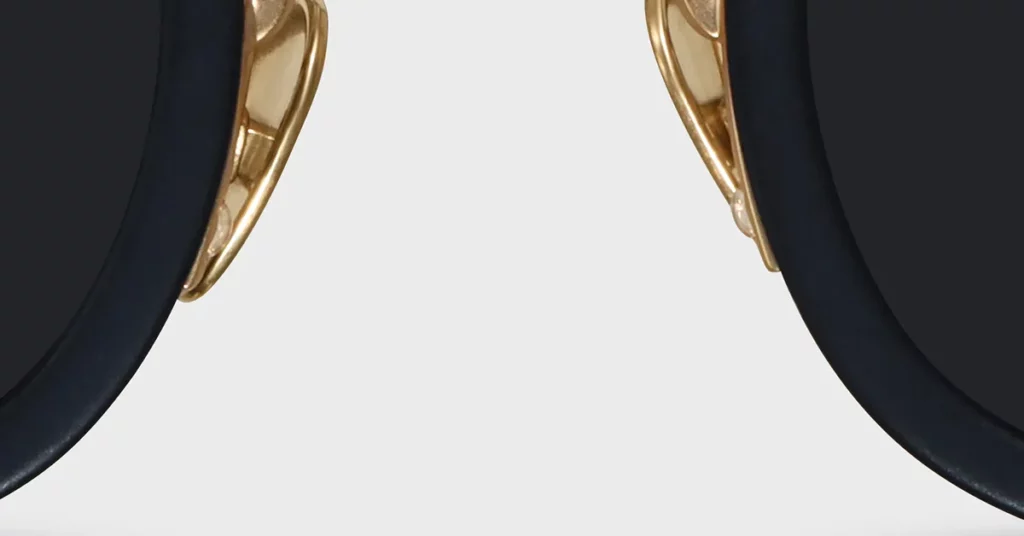
Frequently Asked Questions
1. Can I wear photochromic driving lenses at night?
No, you should never wear photochromic driving lenses at night. They always maintain a base tint that blocks too much light for safe night driving. For driving after dark, always switch to clear lenses with an anti-reflective coating.
2. How dark do driving lenses get inside a car?
Specialized driving lenses will reach a medium (Category 2 to 3) level of darkness inside your car. This provides significant comfort and glare reduction while ensuring you can still see your dashboard and mirrors clearly. They won’t get as dark as sunglasses in direct sun.
3. What’s the key difference between regular and driving photochromic lenses?
The activation trigger is the main difference. Regular photochromic lenses need UV light, which your windshield blocks. Specialized driving lenses are engineered to react to visible light, allowing them to darken inside your car and provide the protection you need.
4. Are photochromic driving lenses better than polarized sunglasses for glare?
A polarized photochromic driving lens often provides superior protection. It combines the constant glare-blocking power of polarization with an adaptive tint that adjusts to changing light levels. This dual action offers a more versatile solution than fixed-tint sunglasses.
5. Will polarized lenses make my car’s digital dashboard screen hard to read?
It’s possible. Polarization can interfere with some LCD and digital screens, making them appear dark or unreadable. Always test a pair with your car’s specific displays before you make a final decision.